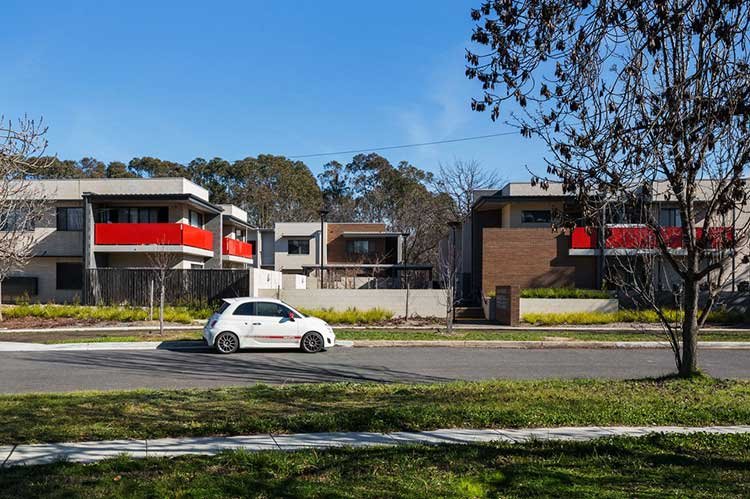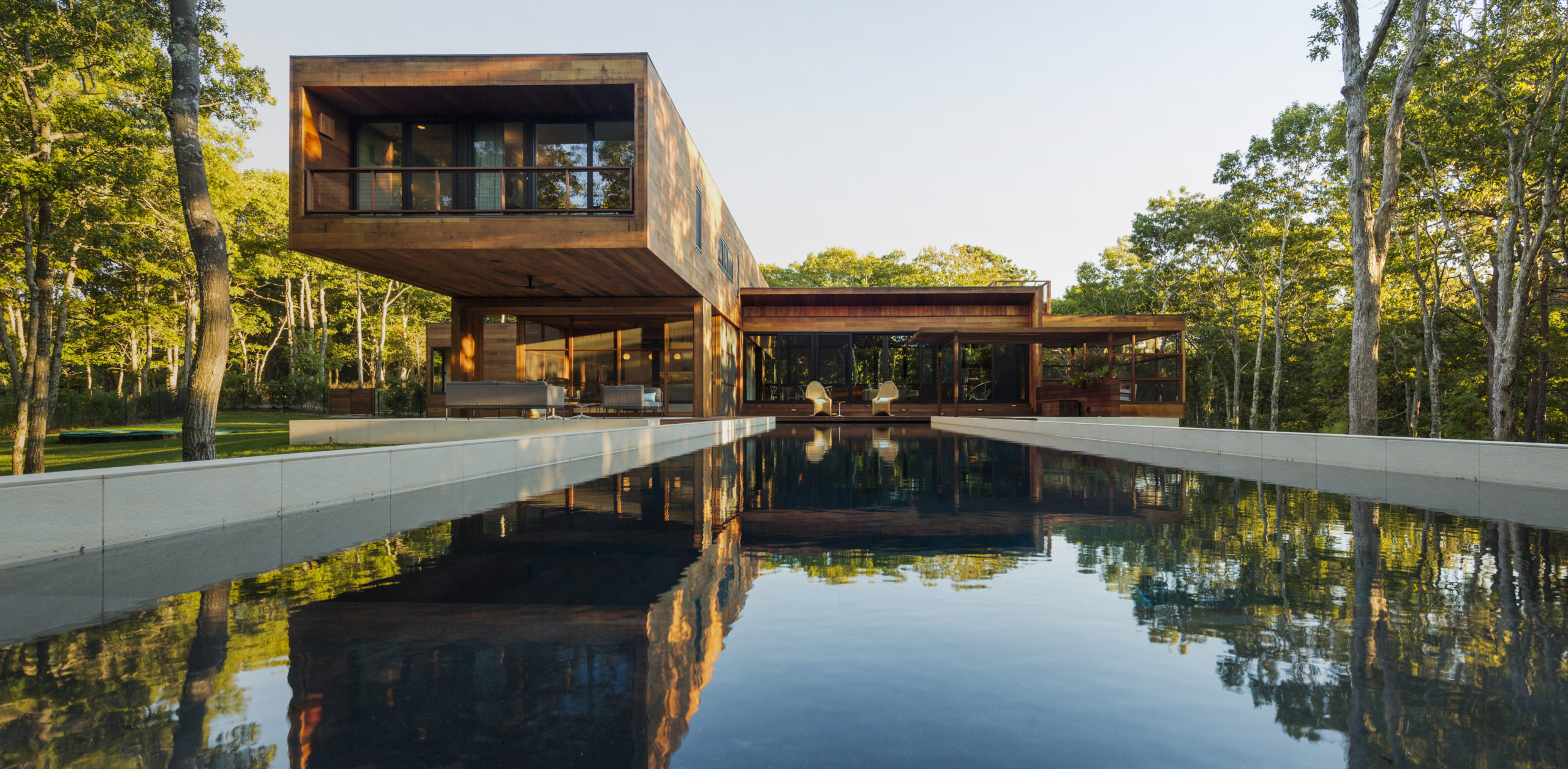Residential Interior Architect: Transforming Your Interior Spaces into Works of Art
Residential Interior Architect: Transforming Your Interior Spaces into Works of Art
Blog Article
Leading Patterns in Residential Style You Must Understand About
As household design remains to develop, numerous engaging fads are shaping the method we create and populate our living spaces. Trick growths such as sustainable building practices, the assimilation of wise home innovation, and the surge of modular homes emphasize a significant change in the direction of both functionality and ecological duty. In addition, concepts like open plan living and biophilic style are redefining our interaction with room and nature. Understanding these patterns not just notifies design selections yet likewise reveals wider effects for way of life and area - residential house architect. What might these technologies mean for the future of property living?
Lasting Building Practices
A boosting variety of property jobs are accepting sustainable building techniques, driven by a growing awareness of ecological influence and power efficiency. This change is defined by the integration of environment-friendly materials, energy-efficient designs, and innovative construction approaches. Builders and home owners are progressively prioritizing making use of eco-friendly sources, such as bamboo and recycled metals, which not just minimize the carbon footprint but also enhance the durability and visual charm of buildings.
Integrating energy-efficient systems is another critical facet of sustainable building - residential house architect. Features such as high-performance insulation, energy-efficient home windows, and solar panels are coming to be requirement in new household styles. These components not only contribute to lower power consumption yet also give considerable lasting cost savings for homeowners
Moreover, the format of sustainable homes usually emphasizes all-natural light and ventilation, lowering the reliance on man-made lighting and climate control systems. Landscape design practices, such as xeriscaping, additional advertise sustainability by lessening water use.
As the demand for sustainable living remedies continues to rise, the household architecture market is positioned to adjust and introduce, guaranteeing that future homes are not just ecologically responsible but practical and additionally comfy for their residents. - residential house architect
Smart Home Innovation
Smart home innovation is changing the means property owners engage with their space, enhancing safety and security, convenience, and energy administration. This ingenious technique incorporates numerous tools and systems, enabling individuals to manage their homes from another location or with automated processes. Central to this pattern is using wise gadgets such as thermostats, illumination, protection video cameras, and appliances, all connected via the Internet of Points (IoT)
Among one of the most attractive functions of clever home modern technology is the capability to personalize settings for optimal power performance. Home owners can check power use and change heating, lighting, and air conditioning based upon their routines, considerably decreasing energy expenses. Innovative safety systems geared up with clever locks and monitoring cameras supply peace of mind, allowing remote monitoring and informs to potential protection breaches.
Integration with voice-activated aides boosts individual experience, permitting property owners to regulate devices with basic voice commands. As technology remains to develop, the possibility for wise home systems to enhance lifestyle expands, making them a crucial consideration in contemporary household architecture. Eventually, wise home technology is not merely a pattern yet a fundamental shift towards more intelligent living atmospheres.
Open Idea Living
Open up concept living has become a specifying attribute in contemporary domestic design, defined by the elimination of standard obstacles in between spaces. This design viewpoint advertises fluidness and connection within the home, enabling a smooth shift in between locations such as the cooking area, eating, and living rooms. By eliminating walls and partitions, open idea formats create a feeling of space, cultivating a welcoming atmosphere that enhances social communication.

Furthermore, this approach to property design lines up with minimalism, concentrating on practical simplicity and aesthetic coherence. Property owners value the versatility of these designs, which can be conveniently adapted to show individual style via furniture plan and decoration. As open principle living continues to gain grip, it continues to be a testimony to progressing family dynamics and the need for homes that enhance connection and convenience.
Biophilic Layout
Biophilic design has actually come to be increasingly considerable in household architecture, highlighting the inherent connection between people and nature. This layout philosophy seeks to integrate all-natural components right into living spaces, consequently cultivating a feeling of well-being and enhancing the lifestyle for owners. By incorporating features such as natural light, greenery, and natural products, biophilic layout advertises an unified partnership between indoor environments and the natural world.
Secret components of biophilic layout consist of huge home windows that provide unobstructed views of outside landscapes, living walls that introduce greenery into interiors, and open layout that motivate air flow and all-natural light infiltration. Water functions, both within and outside the home, offer to develop comforting ambiences and boost sensory experiences.
Furthermore, using sustainable products not just sustains ecological stewardship however additionally adds to healthier indoor air quality. As awareness of environmental issues rises, homeowners are increasingly prioritizing layouts that mirror their link to nature. Basically, biophilic style not only elevates visual allure however likewise addresses psychological and psychological requirements, making it a crucial fad in modern property design.
Modular and Prefab Homes

Moreover, modular and prefab homes are created with sustainability in mind. Lots of suppliers make use of eco-friendly materials and energy-efficient systems, such as check my site solar panels and more advanced insulation techniques, adding to reduced energy consumption and reduced energy costs for home owners. The adaptability of style choices enables for personalization, satisfying diverse visual choices and practical requirements.
As the demand for cost effective real estate remains to rise, prefab and modular homes provide a practical service, addressing both financial and ecological challenges. Areas are significantly acknowledging the potential of these frameworks, integrating them into metropolitan and country settings. In general, the pattern towards prefab and modular homes symbolizes a change toward more lasting, efficient, and adaptable living atmospheres, making them a pivotal aspect of contemporary household style.
Final Thought
Finally, the developing landscape of residential style showcases significant fads that prioritize sustainability, modern technology, and wellness. Sustainable building techniques and smart home modern technologies enhance effectiveness and ease, while open concept living and biophilic style foster social interaction and a connection to nature. The rise of modular and prefab homes uses personalized and inexpensive options, mirroring a more comprehensive shift towards functional and accountable living. These patterns jointly emphasize a dedication to developing harmonious and innovative domestic atmospheres.
Secret advancements such as sustainable building practices, the integration of smart home modern technology, and the surge of modular homes emphasize a considerable shift towards both functionality and ecological duty.The increase of modular and my sources prefab homes has changed the household style landscape, supplying ingenious services for efficient and lasting living.Additionally, modular and prefab homes are developed with sustainability in mind. Overall, the fad towards modular and prefab homes signifies a change toward more lasting, effective, and adaptable living settings, making them a critical aspect of modern domestic architecture.
Lasting building techniques and smart home modern technologies improve efficiency and ease, while open idea living and biophilic layout foster social interaction and a link to nature.
Report this page